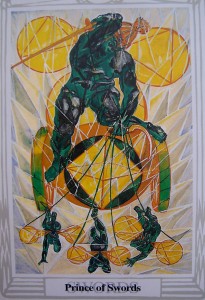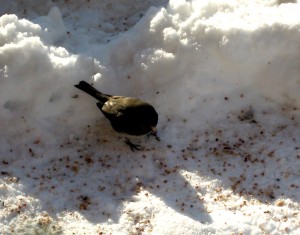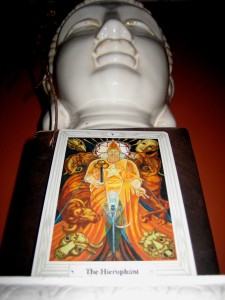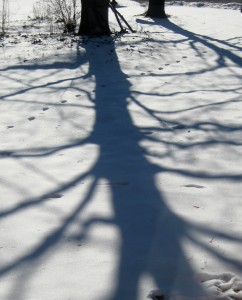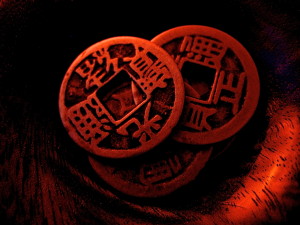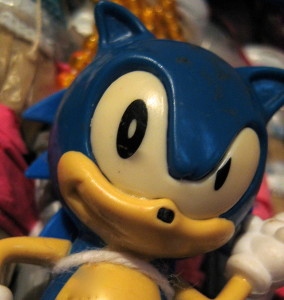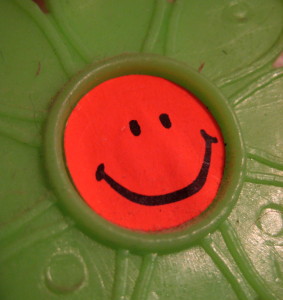
offering an opening to a new dream…
– Photo by Jan Ketchel
I sit, sun pouring through the window. I absorb its heat and the glow of the light. I know we’re at the precipice of a major shift, but in this moment I bask in the awe of the sun’s rays. This week has been about changing dreams, minor shifts of focus that take us into other worlds, worlds of rejuvenation and awe, worlds that take us deeper into the magic.
I open The Eagle’s Gift by Carlos Castaneda, to a moment in time when Carlos and la Gorda were caught in powerlessness and gloom. “One day, in order to alleviate our distress momentarily, I suggested that we immerse ourselves in dreaming,” Carlos wrote. “As soon as I voiced my suggestion, I became aware that a gloom which had been haunting me for days could be drastically altered by willing the change. I clearly understood then that the problem with la Gorda and myself had been that we had unwittingly focused on fear and distrust, as if those were the only possible options available to us, while all along we had had, without consciously knowing it, the alternative of deliberately centering our attention on the opposite, the mystery, the wonder of what had happened to us.” (p. 127)
In this moment, I am thankful for the coming uncertainty, the forced interruptions in the continuity of routine. These are the wake-up calls to change the dream. These are those moments in a dream when we are invited to lucidity, when the absurdity of circumstance stirs our awareness to wake up and realize this can’t be real, we must be in a dream. If we awaken to that truth, without waking from the dream, we are freed to enter new dreams of possibility in full awareness.
In waking life, as well, we can find or create glitches to awaken ourselves from the trance we are induced into from the habits we mostly inhabit through the routine days of our lives, through the repetition of our behaviors, and the slumps we find ourselves so often stuck in. These trances of habit so define our actions as to shape our needs and daily outlook into fear, distrust, and boredom.
Yet, at any moment we can intentionally pause and reclaim our awareness! In the moment we skip outside the mundane—the routine, the expectations, the pain, the frustration, the sadness, the shame, the fears, the disappointments—and choose instead to occupy “the wonder of what has happened to us,” we offer ourselves the opportunity to enter a new reality, a new dream entered in full waking consciousness.
We are beings on magical journeys, fully capable of shifting our lives in an instant, making ourselves available to love and enjoy every moment of our magical lives, simply by, as Carlos says, willing a new dream.
Enjoying the magical momentary pause,
Chuck

